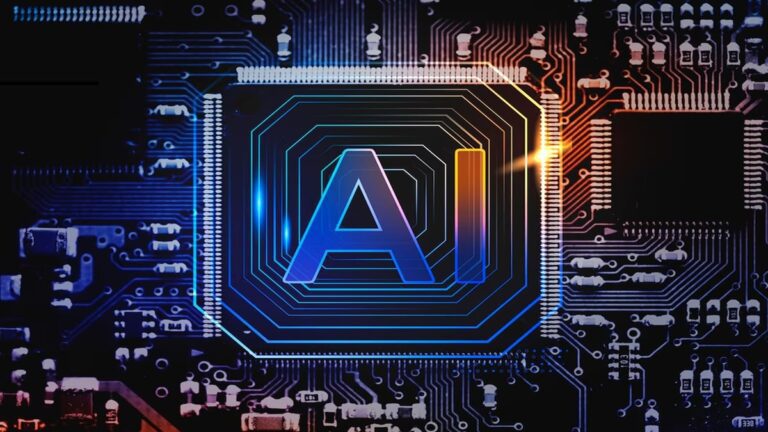India Proposes New AI Content Regulations to Tackle Misinformation
A parliamentary committee in India is advocating for new rules that would require creators of artificial intelligence (AI) generated content to obtain licenses and clearly label their work. This initiative aims to address the growing concern over misinformation proliferating through AI, which politicians warn could mislead citizens and disrupt public order.
Key Committee Findings on AI Regulation
The Standing Committee on Communications and Information Technologies, chaired by BJP Deputy Nishikant Dubey, recently submitted a report to Lok Sabha Speaker, OM Birla. The report emphasizes the need for collaboration between ministries such as Information and Broadcasting and Electronics and IT to establish a robust legal and technological framework. This framework is essential for identifying and taking action against individuals who misuse AI.
The Importance of Labeling AI Content
One of the committee’s major recommendations is the mandatory labeling of AI-generated images, videos, and articles. This initiative is designed to help the public differentiate between authentic content and manufactured material. By introducing a licensing framework, the committee aims to ensure that creators are held accountable for any harm caused by their work.
Encouraging Media Organizations to Strengthen Internal Controls
In addition to regulating creators, the committee urges media organizations to enhance their internal safeguards. This includes the implementation of rigorous fact-checking systems and the appointment of mediators responsible for maintaining quality and accuracy in reporting. These measures are considered crucial for preserving public trust, particularly in an era when manipulated content can easily go viral.
Government Actions on Misinformation and Deepfake Detection
The Ministry of Electronics and Information Technologies (MeitY) has already taken steps in this direction by forming a dedicated panel to address challenges associated with deepfake technology. Two significant projects are currently in progress to develop detection tools capable of recognizing false narratives and identifying deepfake videos. These initiatives reflect the government’s increasing focus on combating AI-driven disinformation.
Next Steps for Parliamentary Recommendations
While the committee’s recommendations are not legally binding, such reports from parliamentary committees in India often carry considerable influence and can shape government policy. The draft report will be presented at the next Parliament session, where discussions on licensing, labeling, and accountability will take place.
Conclusion: The Future of AI Regulation in India
As AI technology continues to evolve, the proposed regulations highlight the importance of accountability and transparency in content creation. With misinformation remaining a significant threat to public discourse, the steps suggested by the parliamentary committee could pave the way for a more responsible and informed media landscape in India.

